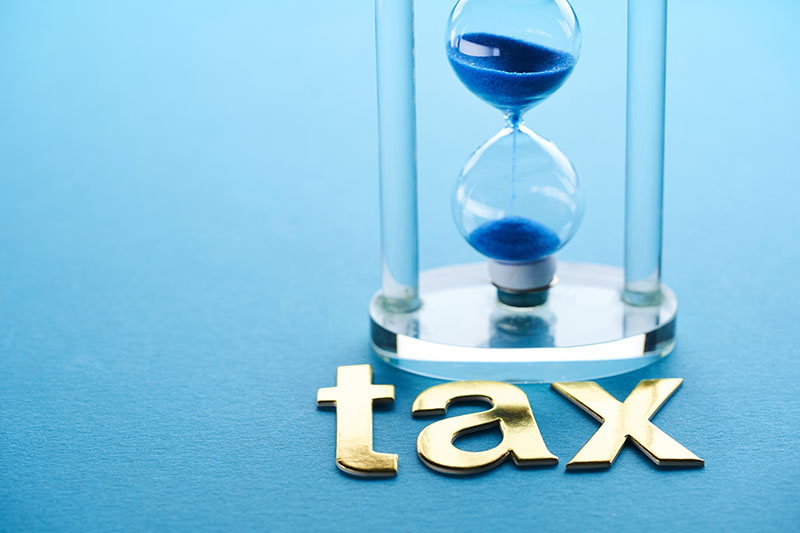
This content is for information and inspiration purposes only. It should not be taken as financial or investment advice. To receive personalised, regulated financial advice please consult us here at Elmfield Financial Planning in Padiham, Burnley, Lancashire.
Are you set to keep as much income as possible in 2024? With the end of the financial (tax) year looming in April, January is a great time to get your affairs in order – avoiding the last-minute panic that can arrive in February and March (when accountants get swamped!).
Fortunately, optimising your tax plan does not need to be a strenuous or laborious process. Working with a financial adviser (like ours in Padiham, Burnley) can help you identify and address weak points in your finances, possibly also illuminating areas of opportunity which you may have missed.
Please get in touch for more information or to discuss your own financial plan with us.
Important changes arriving in April
The current tax year (2023-24) is significant because two key tax-free allowances for investors have shrunk. In previous years, an investor could generate up to £12,300 in capital gains outside an ISA without facing taxes on the profits. In 2023-24, this has reduced to £6,000.
However, this tax-free allowance is expected to fall even further in 2024 to £3,000. A similar trend is occurring for dividend investors. Before 2023-24, an investor could earn up to £2,000 each year, tax-free outside of an ISA, from dividends. Now, the tax-free limit is £1,000. Later in 2024, it will fall to £500.
As such, January 2024 represents a key “window” in time for many investors to optimise their portfolios – sensibly structuring things to avoid needless extra taxes later. For instance, one idea is to use the “bed and ISA” method to move certain assets out of a general investment account and into an ISA (where they can enjoy tax-free interest, capital gains and dividends). This approach involves selling shares and immediately buying them again within an ISA.
An individual can contribute up to £20,000 to his/her ISAs each tax year. Often, moving investments or savings into an ISA is fairly straightforward. However, there can be administrative complications from time to time. Giving yourself more time to account for such factors, which may be outside of your control, can help you make the most of the 2023-24 tax year before the April deadline closes.
Look for interest rate opportunities
2023 was a difficult year for many homeowners who saw their fixed-rate mortgages expire, coming up for renewal. They faced a much harsher interest rate landscape than before, with many people forced to take out new deals costing hundreds of pounds extra each month.
Looking ahead to 2024, we can reasonably hope for a better year regarding inflation and interest rates (although nobody is sure – anything can happen). Optimising forecasts predict inflation falling to around 2% by May 2024, although more cautious players – including the Bank of England – expect we may not reach this point until 2025.
These forecasts raise some important questions for many people in early 2024. These may be worth exploring with your financial adviser to make the best decisions. Should you wait to fix your mortgage again until interest rates come down (in line with the projected fall in inflation)? Should you fix some of your savings now, whilst many banks are offering rates of over 5%, before interest rates possibly fall later in the year?
Look at your earnings and pension
In the 2023 Autumn Statement, the Chancellor announced a cut to National Insurance (NI) which many taxpayers will welcome. However, income tax bands have not been touched and are set to remain frozen until 2028.
This might not sound like a big deal. Yet many analysts have pointed out that it amounts to a “stealth tax” due to a dynamic called “fiscal drag”. For instance, suppose you earn £50,000 and you receive a 5% pay rise each year. Right now, you would be classed as a Basic Rate taxpayer, subject only to the 20% rate. However, if income tax bands remain frozen and you continue to receive a 5% pay rise each year, it will not be long before you start paying the Higher Rate (40%) – where the threshold is set at £50,270.
Acting early in January 2024 gives you more time to explore your options to help avoid falling into sneaky “stealth taxes” such as these. For example, one idea is to explore a “salary sacrifice” scheme with your employer. Here, instead of receiving a pay rise each year, your employer puts more money into your pension. The result can be a larger retirement fund over the long term, as well as NI savings for both you and your employer in the more immediate term.
Other ways to use salary sacrifice include asking your employer to pay directly for other benefits such as a gym or bike. Parents with young children could ask for extra pay to go towards an on-site nursery, if available.
Invitation
If you are interested in starting a conversation about your own financial plan or investments, then we’d love to hear from you.
Please contact us to arrange a free, no-commitment consultation with a member of our team here at Elmfield Financial Planning in Padiham, Burnley, Lancashire.
Reach us via:
T: 01282 772938
E: info@elmfieldfp.co.uk

